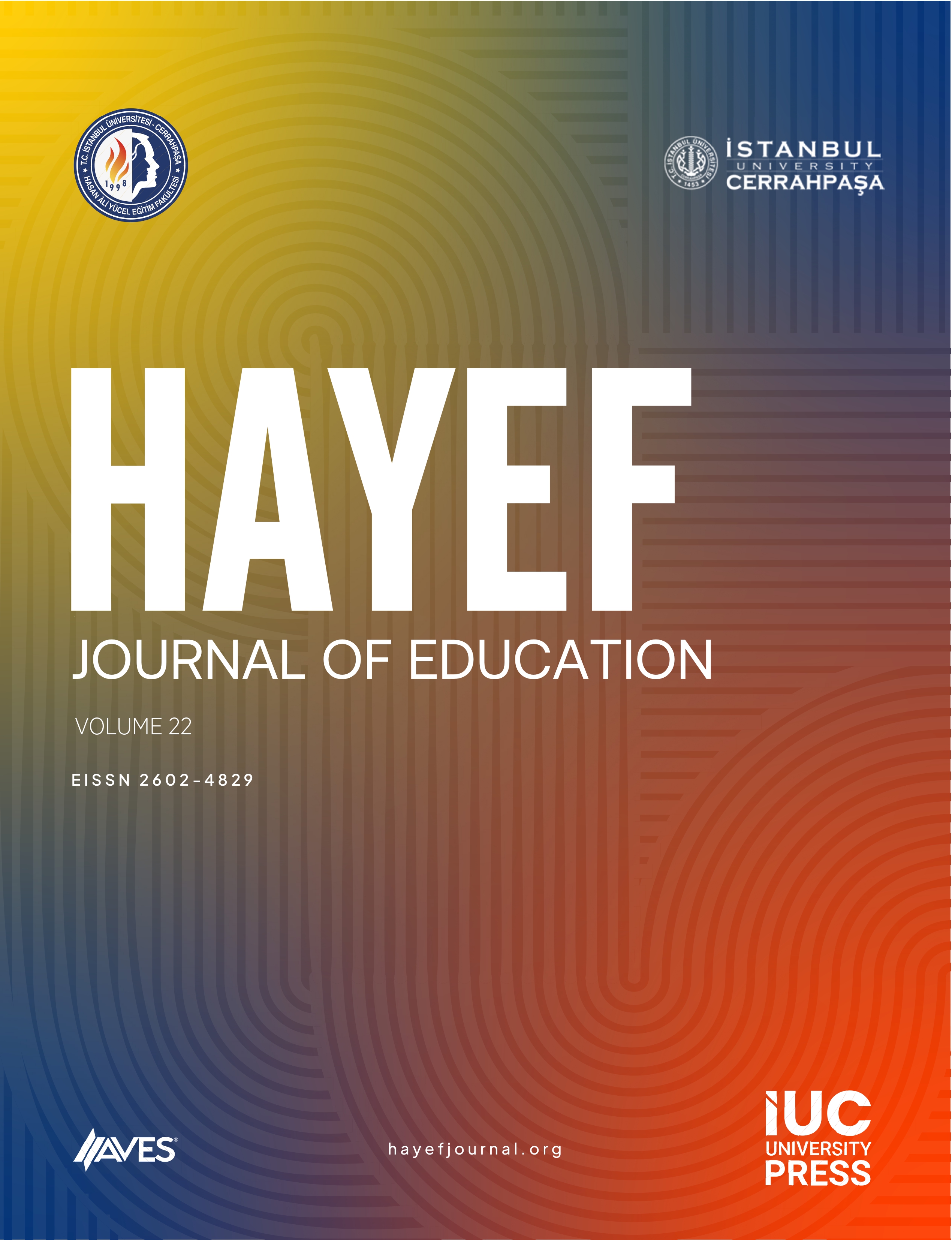This study aimed to review the studies determining the preferences of individuals with ASD, to determine how the preference assessment sessions were conducted, and which AAC system the participants preferred to use among the commonly used AAC systems (sign language, speech-generating device, and picture exchange-based systems). In this study, descriptive analysis method was used to analyze the data. According to the findings, most of the participants with autism spectrum disorder preferred speech-generating devices compared to sign language and picture systems. In addition, most of the participants tended to prefer the augmentative and alternative communication system that they learned the fastest. The findings show that individuals with ASD mostly prefer to use speechgenerating devices when requesting an object/action. However, some questions still need to be answered to determine the AAC preferences of individuals with ASD. It is believed that answering these questions will help special education teachers, speech and language therapists, and parents to choose the most appropriate AAC system for individuals with ASD.
Cite this article as: Genç Tosun, D., Okatan, İ., & Köse, H. (2022). Examining the augmentative and alternative communication systems preferences of individuals with autism spectrum disorder. HAYEF: Journal of Education., 19(2), 146-154.



